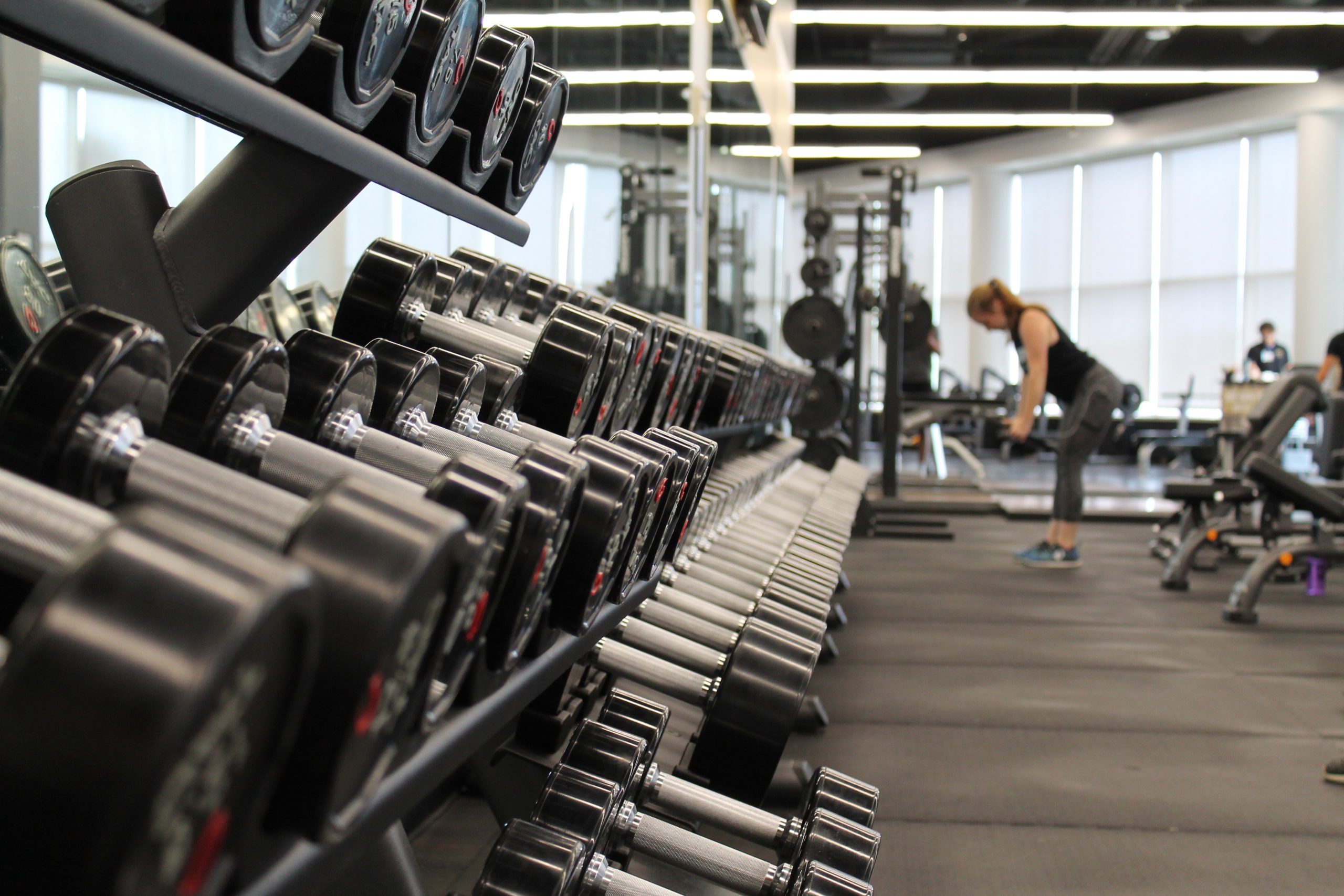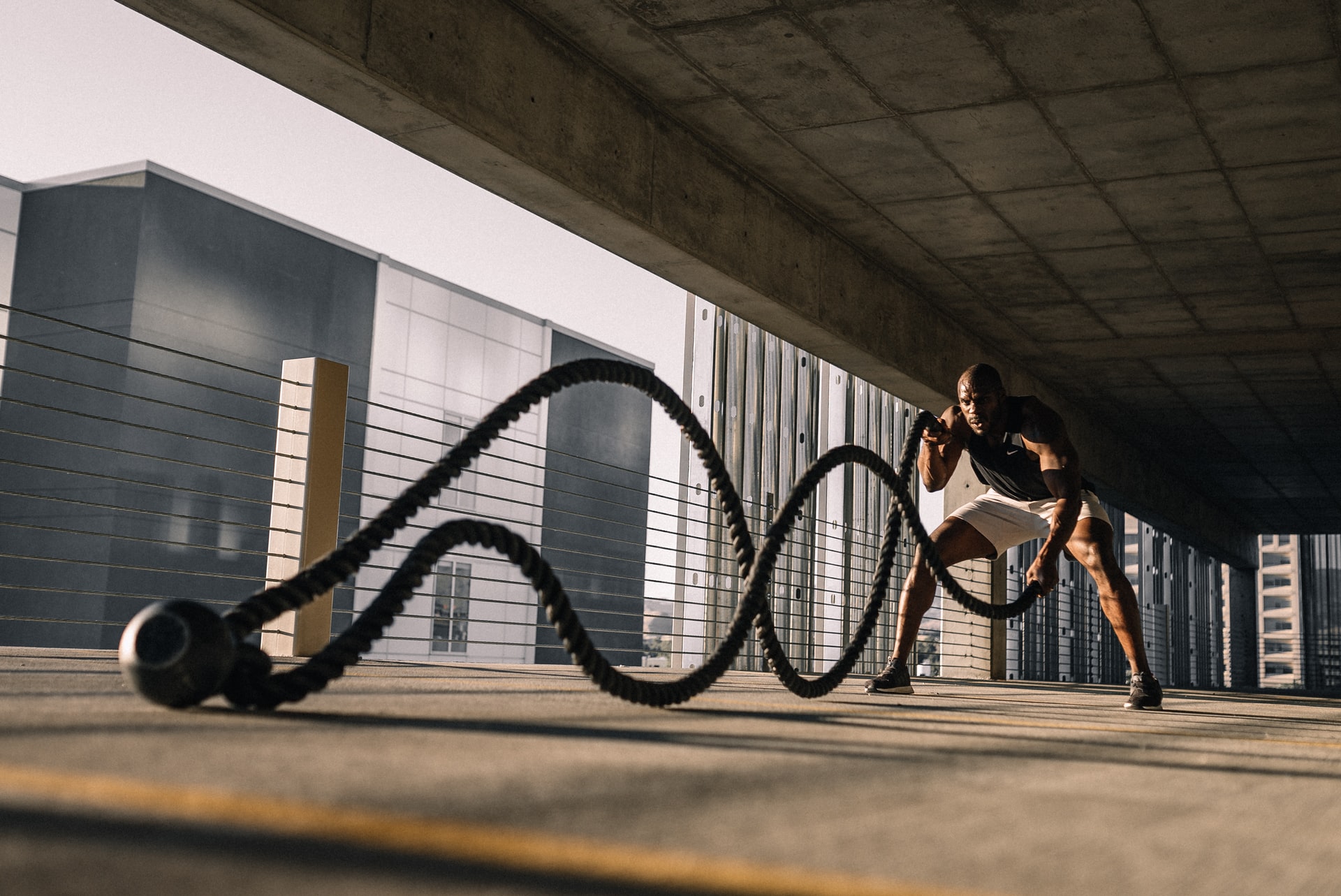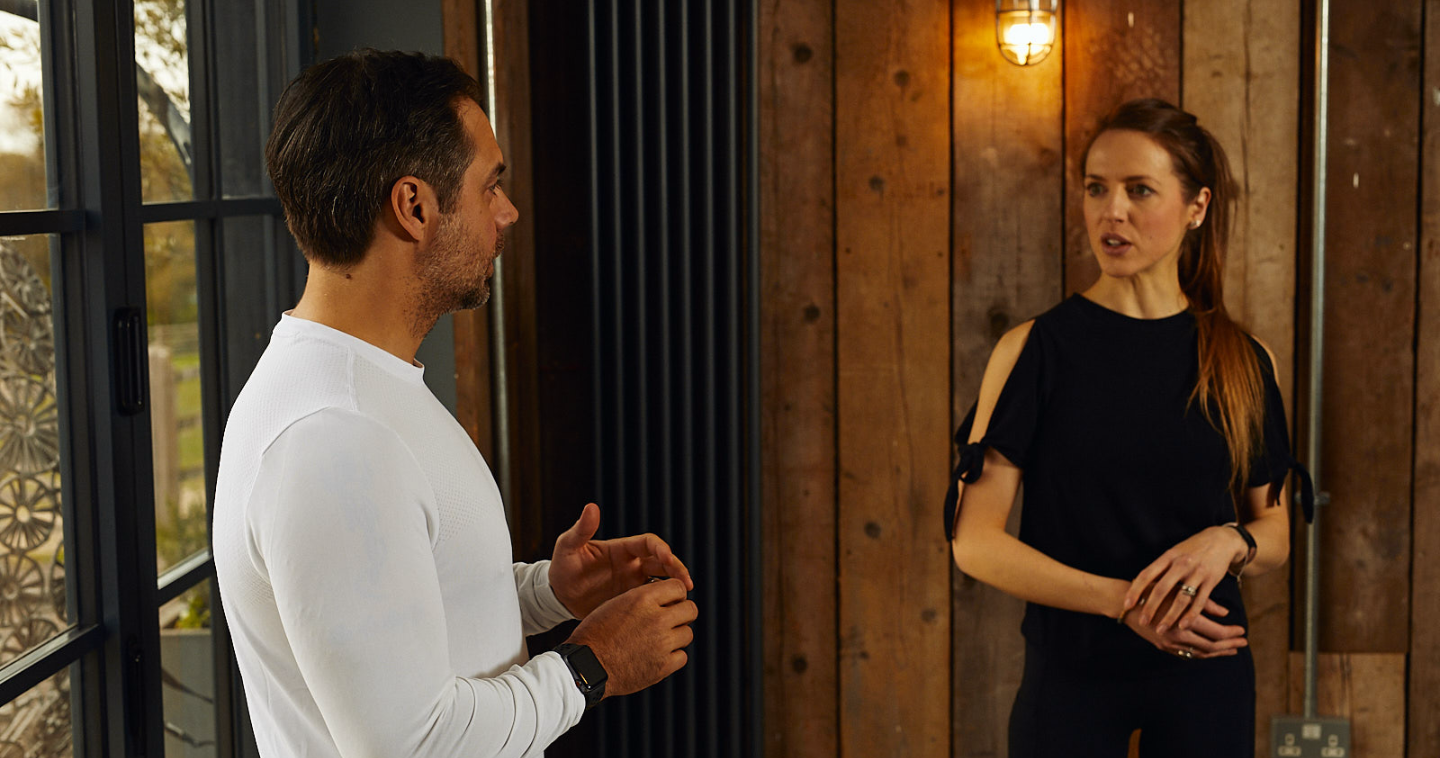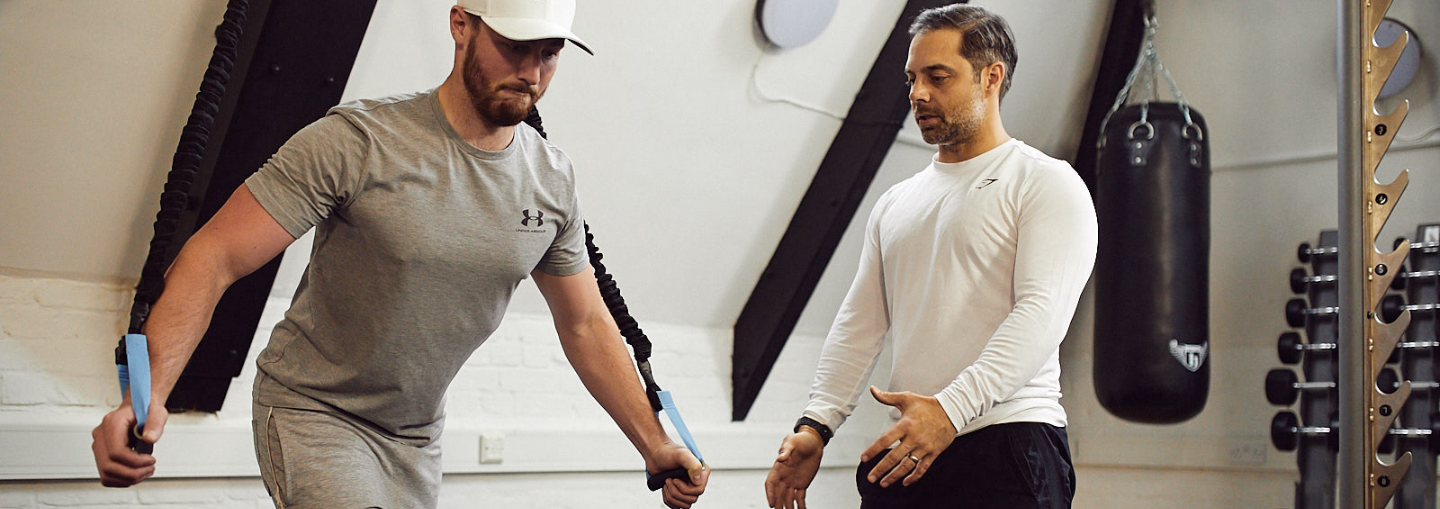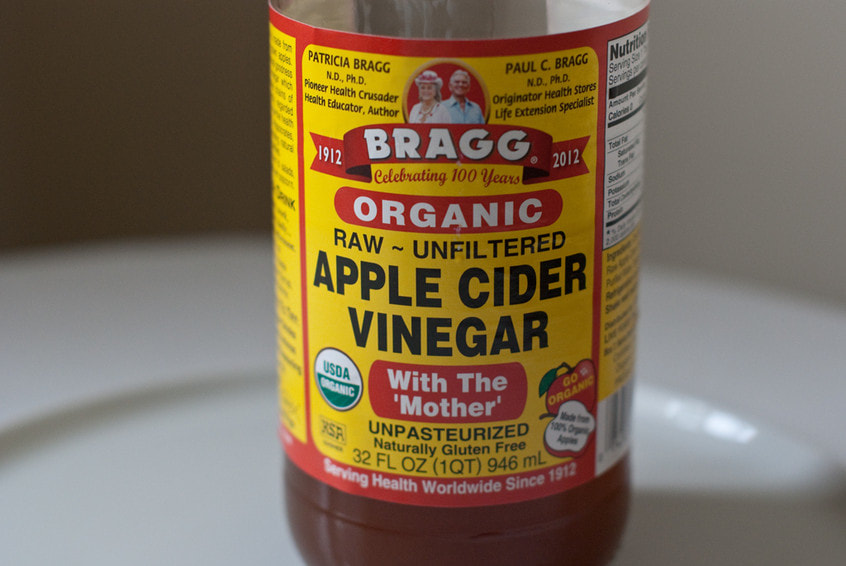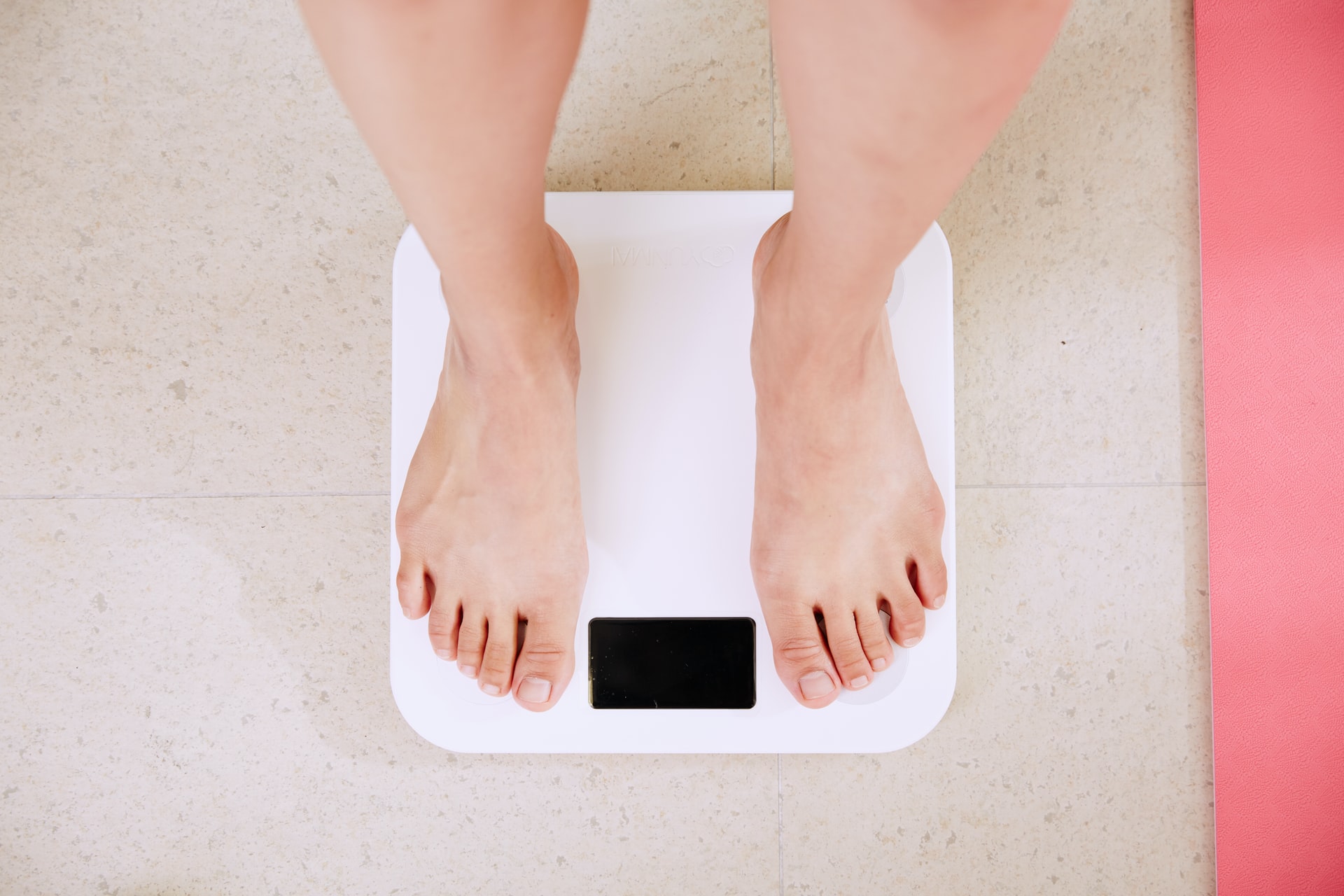1. Don’t stretch before you workout.

The days of static stretching before exercise are pretty much gone. Studies have shown that static stretching before a workout can actually decrease your performance. This is especially true for strength training and has limited ability to prevent injury.
Dynamic stretches are a much more effective way to prepare for a workout. You take the body through dynamic movements, using full range-of-motion and getting the nervous system switched on. By the end of your warm-up your heart rate should be elevated with a bit of a sweat on.
For example, if you are going to do some squats…
– Jog on the spot
– High knees
– Jumping jacks
– Body weight squats
(complete each one for 20-30 seconds)
Research has shown that this type of dynamic warm-up can reduce the risk of injury, improve flexibility and strength.
2. Do a workout specific warm-up.
Once you have completed a good dynamic warm-up, its time to get specific. If for example you are about to squat (as above) then you could do some squats with very light load at a higher rep range. Not only does this get the body switched on for the exercise, you can use this time to focus on good form and correct movement patterns. Or another example could be to do a set of push-ups before a bench press.
3. Stretch after your workout.
After your workout is the time for stretching when the muscles have been worked (cold muscles are less supple). Static stretching is what you will be familiar with and should be held for at least 30 seconds, breathe deeply and relax into the stretch. It makes sense to focus on the muscles you have just been using which will help to prevent injury, speed-up recovery and reduce D.O.M.S (delayed onset muscle soreness).
4. Use a foam roller.

It’s common knowledge that massage is one of the most effective ways of recovery from exercise. It will get blood flowing and help keep muscles, facia and connective tissues healthy. But what If you can’t get a soft tissue or sport massage?
You can get a foam-roller for those aching muscles and use a technique called ‘self-myofacial release’ (SMR). You can help release those tight spots and knots, helping to rejuvenate muscles and tendons. I would recommend getting some advice on how to use a foam roller properly.
5. Rest & recover.
Unless you’re a pro athlete or competitor, rest and recovery is probably one fo the most overlooked parts of training. It’s tempting to think you need to go heavier and heavier or faster and faster even when your knees are aching or your shoulder is nagging you. Get advice on proper progressions and how to plan your workouts at the correct intensity.
Muscles and joints need recovery after exercise and the amount of rest needed is probably determined by your genetics. But as general rule leave at least 48 hours before training the same muscle groups. Make sure you get plenty of sleep and proper nutrition before, during and after your workouts. Overtraining is one of the biggest barriers to getting the results you’re looking for, so listen to your body and get some sound advice on post-workout nutrition.
Stop guessing & start progressing…
Nick





